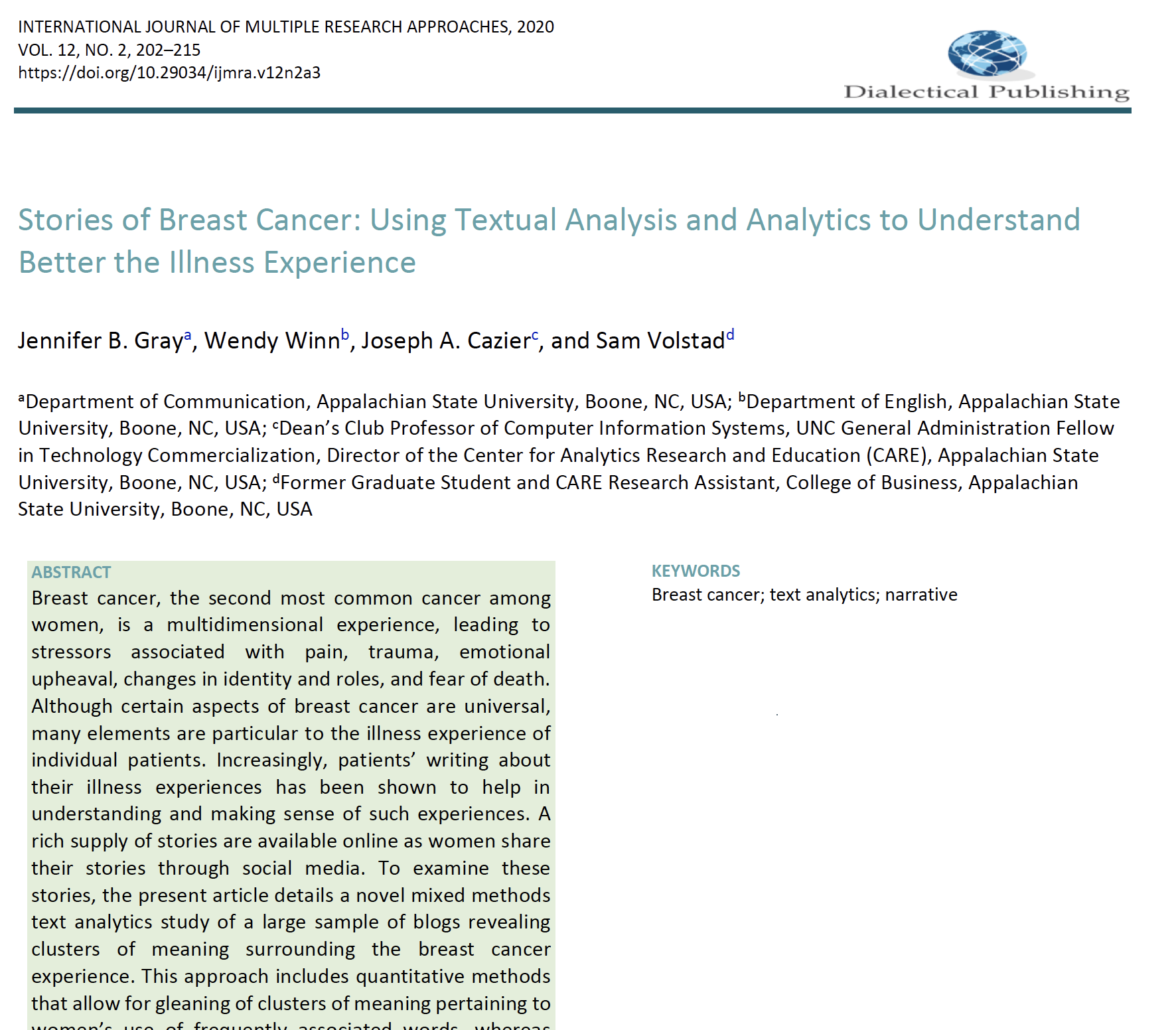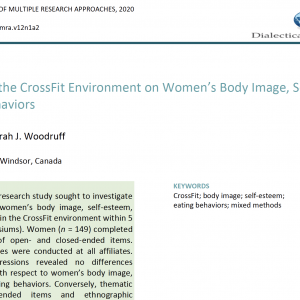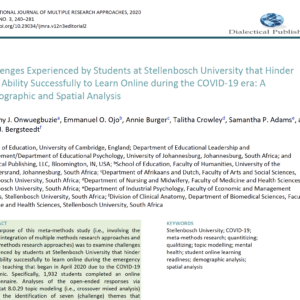12(2). 06. Stories of Breast Cancer: Using Textual Analysis and Analytics to Understand Better the Illness Experience
$30.00
Description
Author
Jennifer B. Gray(a), Wendy Winn(b), Joseph A. Cazier(c), and Sam Volstad(d)
(a) Department of Communication, Appalachian State University, Boone, NC, USA; (b) Department of English, Appalachian State University, Boone, NC, USA; (c) Dean’s Club Professor of Computer Information Systems, UNC General Administration Fellow in Technology Commercialization, Director of the Center for Analytics Research and Education (CARE), Appalachian State University, Boone, NC, USA; (d) Former Graduate Student and CARE Research Assistant, College of Business, Appalachian State University, Boone, NC, USA
Abstract
Breast cancer, the second most common cancer among women, is a multidimensional experience, leading to stressors associated with pain, trauma, emotional upheaval, changes in identity and roles, and fear of death. Although certain aspects of breast cancer are universal, many elements are particular to the illness experience of individual patients. Increasingly, patients’ writing about their illness experiences has been shown to help in understanding and making sense of such experiences. A rich supply of stories are available online as women share their stories through social media. To examine these stories, the present article details a novel mixed methods text analytics study of a large sample of blogs revealing clusters of meaning surrounding the breast cancer experience. This approach includes quantitative methods that allow for gleaning of clusters of meaning pertaining to women’s use of frequently associated words, whereas qualitative methods allow for interpretation through close textual analysis of women’s words as well as generated clusters. The most frequent and least frequent clusters suggest stronger associations of support communities, as well as daily and clinical experiences with the illness, and very infrequent associations of prevention and detection information. Results suggest new methodological avenues for exploring illness experiences, as well as areas for improvement in supporting women with breast cancer and potential holes in prevention and detection information surrounding the illness.




